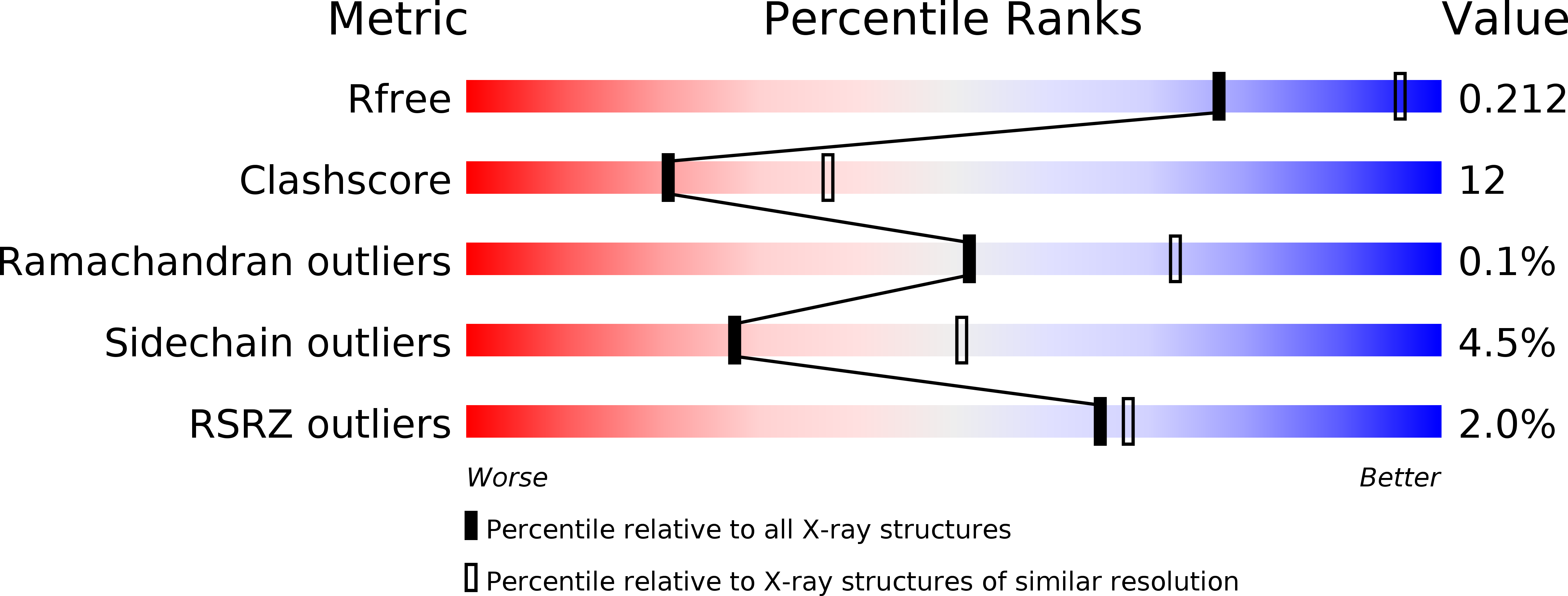
Deposition Date
2000-06-26
Release Date
2002-10-16
Last Version Date
2024-12-25
Method Details:
Experimental Method:
Resolution:
2.50 Å
R-Value Free:
0.21
R-Value Work:
0.17
Space Group:
P 41 21 2


